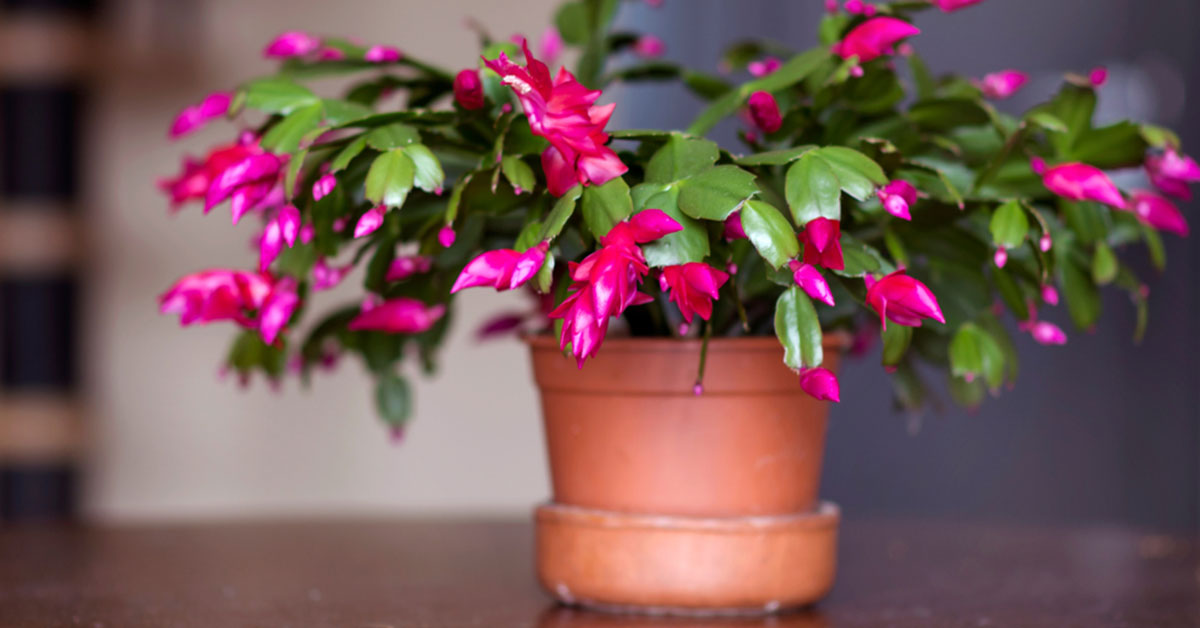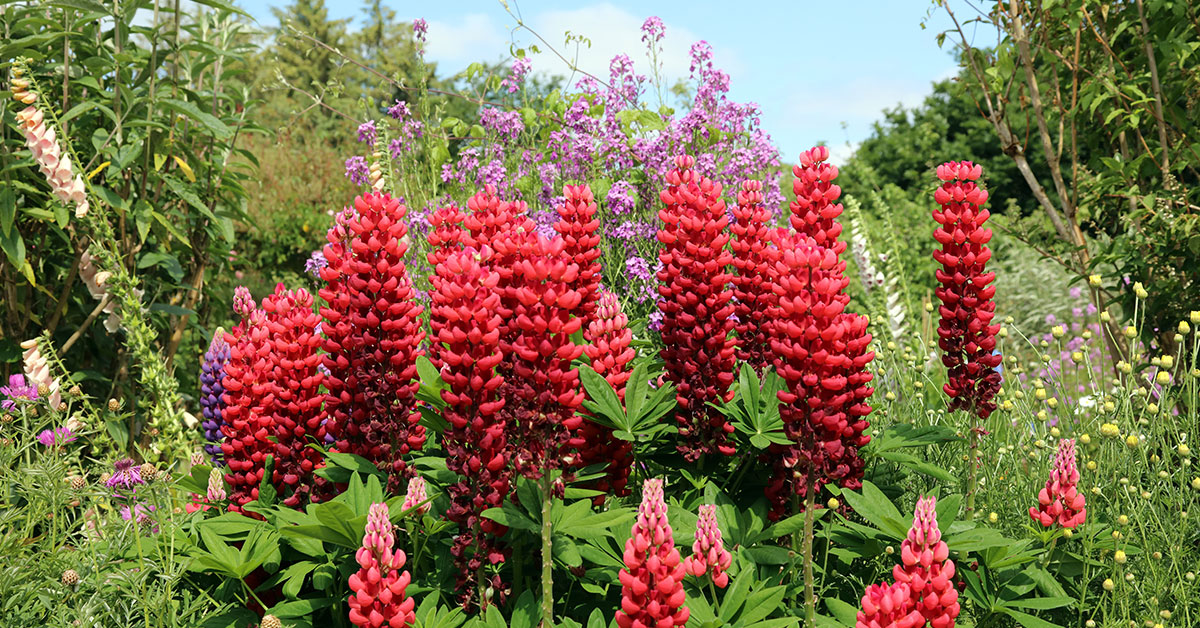Ferns in general are among my favorite indoor plants. They come in tons of different varieties and can take on a fairly exotic appearance. When I’m in a room full of ferns, I feel a bit like I’m on the canopy floor of a dense jungle. Ferns are prehistoric plants that date back up to 350 million years. They’ve been around since the dinosaurs walked the Earth! Pretty impressive that the humble fern has stuck around this long. Among my favorite types of fern are Maidenhair Ferns. They’re a highly varied type of fern that, as its name would suggest, are delicate and beautiful – like a maiden’s hair.
Their growth pattern is also similar to the way a person’s long hair grows, seeming to emanate from a central point and hang downward like locks of hair would. In this article, we’ll be talking about how to grow these amazing ferns and troubleshoot common problems.
Growing Maidenhair Ferns
Maidenhair Ferns are extremely picky and need to be grown in absolutely the best possible conditions for optimal growth. Knowing a little bit more about these ferns will yield better results for you and your fern. Here’s what you should know about growing Maidenhair Ferns.
- Latin name: Adiantum aethiopicum
- Native to: Africa, New Zealand, Australia, Norfolk Island
- Invasiveness: Known to be invasive
- Sun: Bright, indirect light
- Water: Consistent and frequent
- Soil: Well-draining potting soil
- Hardiness Zone: 8-10
- Temperatures: Above 60 and below 75°F
- Plant height: 1 to 3 feet
- Bloom period: Does not flower
- Container friendly: Yes
- Fertilizer: Balanced, all-purpose fertilizer
- Toxicity: Not considered toxic
- Pest resistant: Hardy and pest resistant
Maidenhair Ferns are native to several parts of the Earth, including Australia, New Zealand, and Africa. They are known to be invasive in some places when planted outdoors, so if you don’t live in the fern’s native range, it is strongly recommended that you keep the plant potted and indoors, not planted in the ground. They like lots of water, lots of bright, indirect light, and a good, well-draining potting soil.
Maidenhair Ferns can grow up to 3 feet tall, depending on the variety, and like all ferns, they do not produce flowers. These ferns are extremely container friendly – growing in containers is the only way we really recommend. The occasional administering of a balanced, all-purpose indoor plant fertilizer will help your fern stay healthy and strong. The Maidenhair Fern is not considered toxic to pets or humans and are generally pretty hardy and resistant to pests and diseases.
Water
Maidenhair Ferns are thirsty plants and have few problems with being overwatered. They love being kept nice and wet. Soil that becomes waterlogged or soggy may be a bit of an issue for the Maidenhair Fern, but damp, well-draining soil is what they would ideally grow in. Be careful not to allow your ferns to rest in standing water for too long. If the fern’s saucer is full, consider emptying it. Water if the soil begins to appear dry.
Sunlight
Direct sun will burn your Maidenhair Fern. Too little light will cause it not to thrive. What a picky little plant! Maidenhair Ferns want bright, indirect light. Never direct sunlight! A bright window or under a skylight are perfect places for a Maidenhair Fern to grow. If you are keeping your fern on your porch, consider a partial shade cover for your porch to protect it from direct sunlight.
Soil and fertilizing
These ferns aren’t all that picky about their soil. A simple, well-draining indoor plant soil will work just fine for your Maidenhair Fern. New potting soil is typically pretty nutrient dense, but as time goes by, you may want to administer a standard, balanced indoor plant fertilizer.
Invasiveness
Maidenhair Ferns can be invasive in tropical areas outside of its native range. In Hawai’i, for example, these ferns have escaped cultivation and have become invasive. The same goes for French Polynesia. If you live in a tropical area, it is highly recommended that you do not plant these ferns outdoors. Keep them in pots only, especially if you live in USDA hardiness zones 8, 9, and 10. If you live in a cooler zone, your fern will not survive winters outdoors.
Common problems with Maidenhair Ferns
Most of the common problems associated with Maidenhair Ferns are the result of improper care. As we’ve touched upon already, these ferns are extremely delicate and picky and won’t thrive if the conditions are wrong. The most common reasons your Maidenhair Fern is dying is because of too much sunlight, low humidity, infrequent watering, temperatures outside of its preferred range of 60°F to 75°F, and too much fertilizing. Avoiding these problems will likely result in a fern that does just fine.
Propagating Maidenhair Ferns
Maidenhair Ferns can be propagated by splitting up the roots of the plant or through its spores. I find that root splitting is the best way to go. During warmer, summer months, uproot your fern and gently divide the root ball in half. You may need to cut the root ball. Some of the leaves of the plant may die during division, but that is okay. Only attempt to divide well-established ferns.
History of Maidenhair Ferns
Maidenhair Ferns have a long history of cultivation. One of the earliest references to the plant is in a book, published in 1889, called ‘The Useful Native Plants of Australia.’ In it, it describes the fern as “possessing medicinal properties, being slightly astringent and emetic. It has been used in Europe in making “Sirop de Capt’llaire,” a demulcent drink, employed in diseases of the chest.”
That said, as with any ‘natural’ plant-based remedy, we strongly recommend consulting your physician before use. As with any remedy like this, your mileage may vary.
Other houseplants to try:













